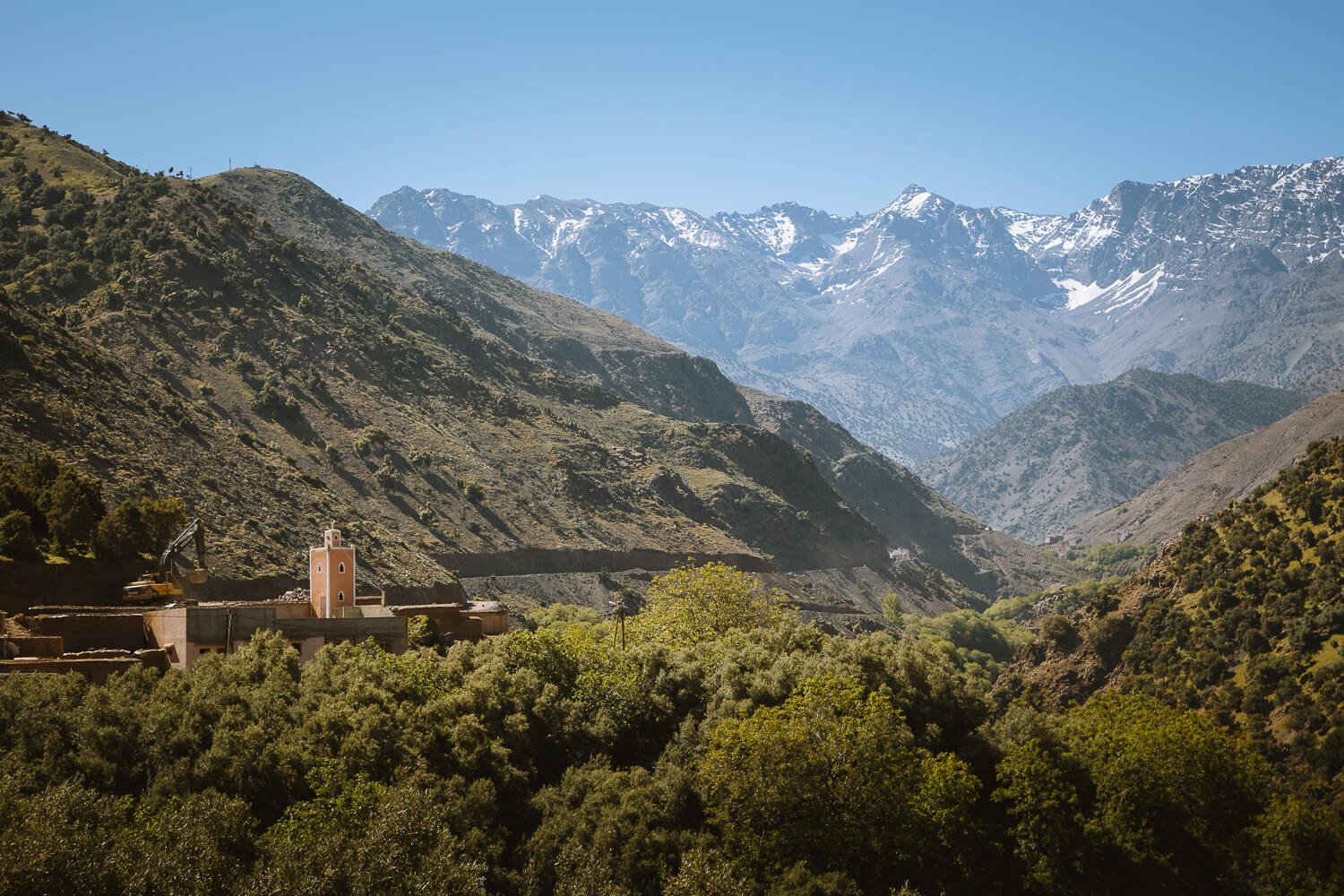The Atlas Mountains, a geological masterpiece in North Africa, have long captivated the imaginations of explorers, scientists, and travelers alike. Rising majestically over the continent, these mountains are not just a natural wonder; they are remarkably prominent. In this comprehensive blog post, we will uncover the intriguing factors that contribute to the prominence of the Atlas Mountains, exploring their geological origins, unique characteristics, and profound cultural significance.
1. The Enigmatic Allure of Prominence
The Atlas Mountains: A Natural Wonder
Nestled across Morocco, Algeria, and Tunisia, the Atlas Mountains are more than just a geological feature; they are a prominent chapter in the Earth’s narrative. To comprehend their prominence, we must embark on a journey to unravel the extraordinary factors that define their grandeur.
2. Geological Origins:
The Atlas Mountains: Born of Earth’s Forces
Understanding the prominence of the Atlas Mountains necessitates a deep dive into the geological processes that have sculpted this towering marvel. These mountains are a testament to the dynamic dance of tectonic forces that have shaped our planet for millions of years.
Tectonic Collision:
The primary force responsible for the formation of the Atlas Mountains is the collision between the African and Eurasian tectonic plates. This relentless convergence has led to the uplifting of rock layers, resulting in the creation of these imposing peaks.
Continuing Transformation:
The Atlas Mountains continue to evolve. The ongoing tectonic activity in the region manifests itself in occasional earthquakes, a reminder of the enduring geological processes that define this area.
3. Varied Landscape:
Atlas Mountains: Where Diversity Thrives
One of the key factors contributing to the prominence of the Mountains is their remarkably diverse landscape. The range can be divided into three distinct regions—each with its own unique characteristics:
High Atlas Mountains:
Situated in central Morocco, this region boasts the highest peaks, including Mount Toubkal, North Africa’s loftiest summit at 4,167 meters (13,671 feet). The rugged terrain here forms a formidable natural barrier between the Atlantic coastline and the Sahara Desert.
Middle Atlas Mountains:
North of the High Atlas, the Middle Atlas region features rolling hills, fertile plateaus, and lush cedar forests. This area is a testament to the diversity of landscapes within the Atlas Mountains.
Anti-Atlas Mountains:
Located in southwestern Morocco and extending into Algeria, the Anti-Atlas is characterized by arid landscapes and rocky terrain. These mountains are renowned for their mineral wealth, particularly copper and other ores.
The amalgamation of these diverse landscapes within a single range adds to the prominence of the Atlas Mountains, making them a geological wonder.
4. Climate Influence:
Shaping Weather Patterns and Cultures
The location of the Atlas Mountains significantly impacts the climate of the surrounding regions. They play a pivotal role in regulating weather patterns and influencing the livelihoods of the communities that call their foothills home.
Rain Shadow Effect:
The Atlas Mountains act as a formidable barrier to moist air masses coming from the Atlantic Ocean. As these air masses are forced to rise over the mountains, they cool, condense, and release precipitation on the northern slopes, creating a Mediterranean climate. In contrast, the southern slopes and the Sahara Desert experience arid conditions due to the rain shadow effect.
Cultural Significance:
The climatic diversity within the Mountains has shaped the lifestyles and traditions of the indigenous Berber communities. These communities have adapted to the challenging terrain and are known for their unique cultural heritage.
5. Biodiversity Hotspot:
A Haven for Unique Flora and Fauna
The Atlas Mountains are not just prominent for their towering peaks but also for the incredible biodiversity they host. The varied elevations, climates, and landscapes create distinct ecological niches that have given rise to a plethora of unique flora and fauna.
Endemic Species:
These mountains are home to numerous endemic species, including the critically endangered Barbary macaque and the Barbary leopard. The ecosystems here are a testament to the adaptability and resilience of life in extreme environments.
Botanical Riches:
The Atlas Mountains feature diverse vegetation zones, ranging from cedar and oak forests to alpine meadows. This botanical richness adds to the overall prominence of the region.
6. Cultural Heritage:
A Tapestry of Ancient Traditions
Beyond their geological and ecological significance, the Atlas Mountains hold profound cultural importance. The indigenous Berber communities that have inhabited these mountains for millennia have cultivated unique traditions and a way of life that is integral to the region’s prominence.
Traditional Architecture:
The Berber villages in the Mountains are known for their distinctive architecture, with homes constructed from local materials like stone and clay. These structures seamlessly blend with the natural landscape, reflecting the deep connection between the people and their environment.
Marketplaces and Crafts:
The mountain towns and villages host vibrant markets where visitors can experience the rich tapestry of Berber culture. You can find traditional crafts, textiles, and exquisite handmade jewelry that are unique to the Mountains.
Hospitality:
Berber communities are renowned for their warm hospitality. Travelers can immerse themselves in the local culture by staying in traditional guesthouses or sharing meals with Berber families.
7. Outdoor Adventure:
Playground for Thrill-Seekers
The Atlas Mountains offer a playground for adventure enthusiasts. Hiking, trekking, rock climbing, and skiing are just a few of the outdoor activities that attract thrill-seekers to this prominent range.
Mount Toubkal:
North Africa’s highest peak, Mount Toubkal, is a magnet for trekkers and mountaineers. Scaling this iconic summit offers breathtaking vistas and an unforgettable sense of achievement.
Ski Resorts:
During the winter months, the Mountains transform into a winter wonderland. Ski resorts like Oukaimeden provide opportunities for skiing and snowboarding, attracting winter sports enthusiasts.
8. Conclusion: The Prominence Unveiled:
An Ongoing Saga of Grandeur
The prominence of the Atlas Mountains is a multifaceted tale, intricately woven by geological processes, diverse landscapes, climate influences, cultural heritage, and outdoor adventures. These mountains stand as a testament to the enduring power of nature and the rich tapestry of human existence.





